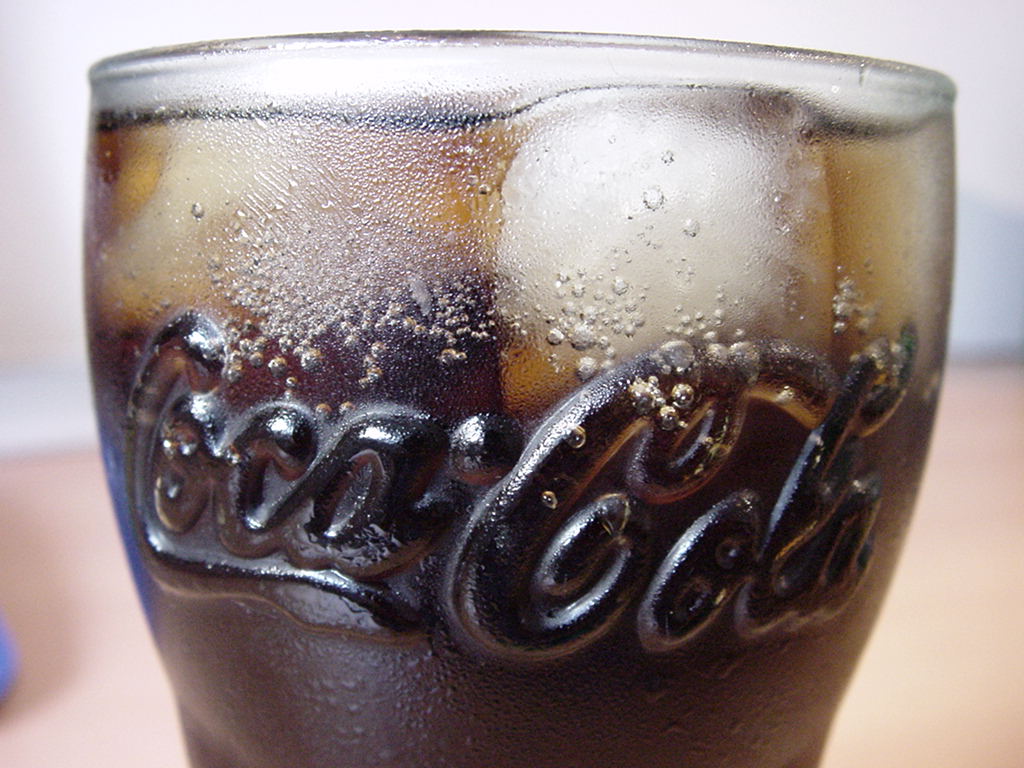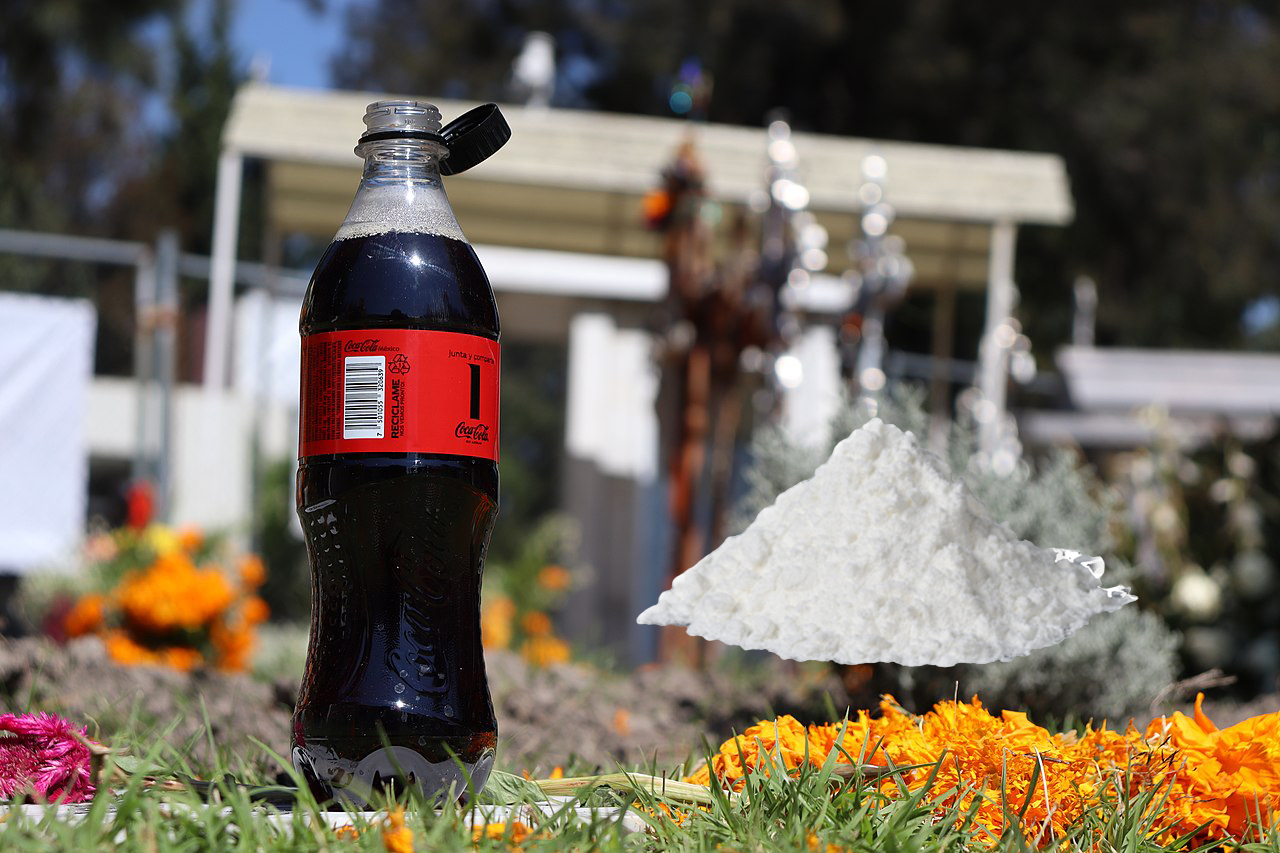 oca-Cola, one of the most popular and iconic soft drinks in the world, has a long and fascinating history. Over the years, numerous rumors and speculations have emerged regarding the presence of cocaine in Coca-Cola’s original recipe. In this article, we delve into the historical context, examine the facts, and explore whether cocaine is still present in Coca-Cola drinks worldwide.
oca-Cola, one of the most popular and iconic soft drinks in the world, has a long and fascinating history. Over the years, numerous rumors and speculations have emerged regarding the presence of cocaine in Coca-Cola’s original recipe. In this article, we delve into the historical context, examine the facts, and explore whether cocaine is still present in Coca-Cola drinks worldwide.
A Historical Remnant: Cocaine in Coca-Cola’s Origins
To understand the cocaine connection, we must go back to the roots of Coca-Cola. In the late 19th century, when Coca-Cola was first introduced, it did indeed contain trace amounts of cocaine. At the time, cocaine was a legal and widely used ingredient in various medicinal products. The coca leaf extract, derived from the coca plant, was one of the components that gave Coca-Cola its distinctive flavor.
The inclusion of cocaine in the early Coca-Cola recipe was not unique to the brand. Many patent medicines and tonics of the era contained cocaine as a perceived beneficial ingredient. However, it is important to note that the quantities used in Coca-Cola were relatively small, with estimates suggesting around 9 milligrams of cocaine per glass.
The Shift in Formulation: Coca-Cola’s Evolution
As the dangers and addictive nature of cocaine became better understood, societal attitudes and regulatory frameworks shifted. In response to public concerns and increasing restrictions on the use of cocaine, Coca-Cola altered its formula. By the early 20th century, the company began using “spent” coca leaves, from which the majority of the cocaine alkaloid had been removed.
In 1929, Coca-Cola further adjusted its formulation to exclude the use of coca leaves altogether. The company began relying on a non-narcotic coca flavoring that is still used today. The decocainized coca leaf extract provides a trace amount of the original flavor without any psychoactive effects.
Rigorous Regulatory Standards: Ensuring Safety and Compliance
In the modern era, the Coca-Cola Company adheres to stringent regulations and safety standards enforced by health authorities around the world. The presence of any controlled substances, including cocaine, is strictly prohibited. Regulatory bodies conduct regular inspections and testing to ensure compliance with these regulations.

Coca-Cola’s manufacturing processes involve comprehensive measures to prevent the presence of illicit substances. Rigorous quality control procedures, extensive ingredient testing, and adherence to strict guidelines are integral to the production of Coca-Cola drinks worldwide. These measures aim to maintain consumer safety and uphold the brand’s reputation.
Debunking the Myth: Cocaine’s Absence in Today’s Coca-Cola
Despite persistent rumors and urban legends, there is no credible evidence to support the claim that cocaine is present in Coca-Cola drinks worldwide today. The company’s commitment to complying with regulations, the absence of coca leaves in the formula, and the rigorous testing procedures all contribute to the removal of cocaine from the product.
Coca-Cola has taken significant steps to distance itself from its historical connection to cocaine. The brand has evolved into a globally recognized symbol of refreshment and enjoyment, focusing on its wide range of flavors and innovative marketing campaigns. Today’s Coca-Cola drinks are free from cocaine and are enjoyed by millions of people worldwide.
The myth surrounding the presence of cocaine in Coca-Cola drinks persists as a relic of the brand’s historical origins. While it is true that Coca-Cola’s early formulations included trace amounts of cocaine, the company has long since removed this ingredient from its products. However, they still use the Coca leaves in order to gain that unique taste of the famous drink. These leaves do not have any effects such as the class A drug “cocaine”.
As Coca-Cola continues to evolve and adapt to changing societal expectations and regulatory frameworks, its enduring popularity is a testament to the brand’s ability to create beverages that bring joy and refreshment to people of all ages.
Avid Writer with invaluable knowledge of Humanity!
Upcoming historian with over 30 million views online.
“You make your own life.”





